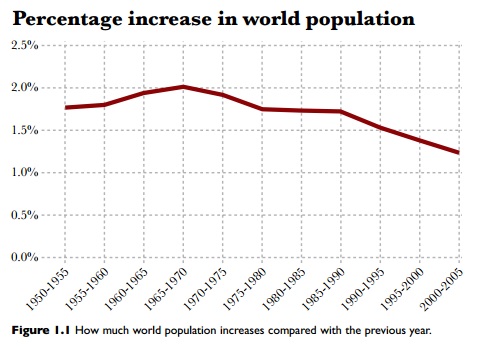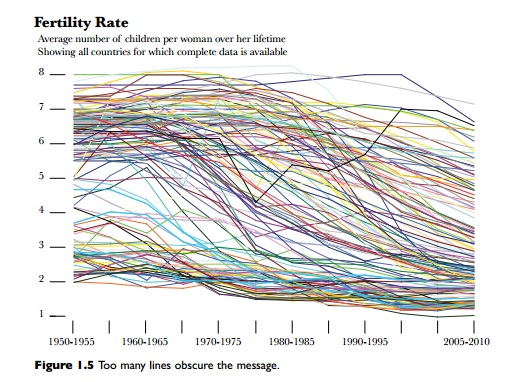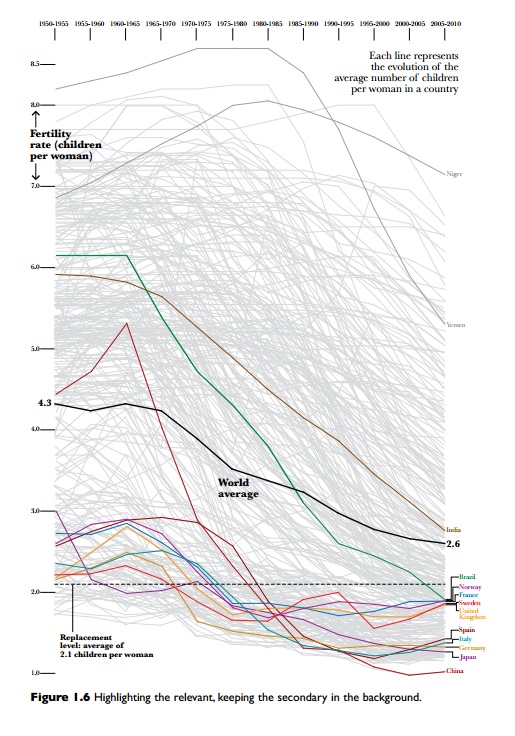Haste Is Expensive
Large companies often seem to have a few people in key positions with extra time on their hands. Occasionally, this time is used to invent acronyms that are supposed to embody corporate ideals. Mercifully, these usually fade away in time. A former employer of mine had two beauties: LOCOPRO (Low Cost Provider) and BEGOR (Best Guaranteer of Results). Unfortunately, besides being grating on the ear, LOCOPRO and BEGOR don’t always march in tandem. LOCOPRO deals with cost and the effort required to deliver something. BEGOR is a bit more amorphous dealing with quality and an organization’s efficiency and consistency in meeting requirements.
What are the normal requirements for a software project? Here’s my short list.
- Cost. What is being created and delivered has to be worth the expense in the mind of the person or organization that is funding it. (LOCOPRO is good)
- Schedule. The timeframe in which a project creates and delivers its software is frequently a key constraint. Meeting this is important. Consistency and predictability (BEGOR are good)
- Quality. In Business IT systems this is often an implicit requirement that is most noticed when it is absent. Real time, telecommunications, military, and life support systems are more frequently developed and tested to explicit quality standards.
The mantra of Faster/Better/Cheaper captures most organizations’ desires for Cost, Schedule, and Quality – all at the same time. If only the laws of software would cooperate! But they don’t. Software is like a balloon. You constrict it in one place (schedule, for instance) and it expands in another (cost). The problem isn’t going to disappear; but by prioritizing requirements, conscious and realistic tradeoffs can be made.



